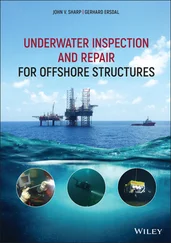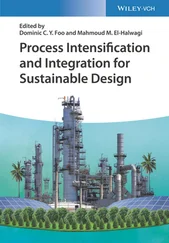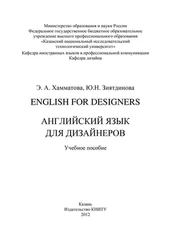 (2.251)
(2.251)
indicating the value of the transverse bending moment that must be applied to the beam to ensure plane strain conditions. It is noted from ( 2.250) that E˜A may be interpreted as a plane strain bending modulus.
This completes the description of the fundamental theoretical concepts that will be required by subsequent chapters of this book.
1 1. Eringen, A.C. (1967). Mechanics of Continua. New York - London - Sydney: John Wiley & Sons, Inc.
2 2. Dunne, F.P.E. and Petrinic, N. (2005). Introduction to Computational Plasticity. Oxford University Press.
3 3. Love, A.E.H. (1944). A Treatise on the Mathematical Theory of Elasticity. Chapter XI, 4thed.
3 Maxwell’s Far-field Methodology Applied to the Prediction of Effective Properties of Multiphase Isotropic Particulate Composites
Overview:The far-field methodology developed by Maxwell, when estimating the effective electrical conductivity of isotropic particulate composites, is used to estimate effective thermoelastic properties of multiphase isotropic composites. In particular, Maxwell’s methodology applied to the analogous thermal conduction problem is described, extending the approach to multiphase spherical particles having different sizes and properties. The methodology is also used to estimate the effective bulk and shear moduli, and the thermal expansion coefficients, of multiphase isotropic particulate composites. Results correspond with expressions derived in the literature, and coincide with, or lie between, variational bounds for all volume fractions. These characteristics, relating to isotropic effective properties, indicate that results obtained using the methodology, are not necessarily restricted to low volume fractions, as originally suggested by Maxwell. It is concluded that Maxwell’s methodology is a unifying optimum technique to estimate the properties of multiphase isotropic particulate composites, because it provides closed form estimates that are fully consistent with other methods, without imposing restrictions, except that the particles must be spherical (but can have a range of size and properties) and the resultant effective properties must be isotropic.
Estimating the effective thermoelastic and conduction properties of particulate composites is a very important engineering requirement that has been studied for many years. Examples of particulate-reinforced materials are concrete and the more recent developments in the metal matrix composites sector. A characteristic of both these materials is the irregular nature of particle geometry and their size. When modelling such materials, especially for analytical approaches, the particle geometries are usually idealised to spheres, spheroids (a good approximation to whiskers) or ellipsoids (useful when particles are in a platelet form). The immediate technical objective is to develop methods of estimating the effective thermoelastic properties of such materials. There are various methods of estimating the effective properties of particulate composites using analytical methods (see, for example, [1, 2]), but the approach that is considered here is that due to Maxwell [3], who is believed to have derived the first ever formula for an isotropic effective property (electrical conductivity) of a composite material (an isotropic medium reinforced with isotropic spherical particles).
Maxwell [3] provided an ingenious method of estimating the effective electrical conductivity of a cluster of spherical particles having spherical shape embedded in an infinite medium by considering the effect of the cluster on the far-field when the system is subject to a uniform electrical field. Maxwell asserted that the sizes and distribution of the particles must be such that particle interaction effects may be neglected, and he infers that his result will be valid only for small volume fractions of reinforcing particles. A detailed study [4] of the method used by Maxwell demonstrates that his methodology, focusing only on the far-field, can also be applied to the estimation of other properties of composite materials. As will become clear in this book (see Chapters 4and 15), his methodology can easily be applied to composite materials reinforced with parallel fibres or aligned spheroids, the latter being used when considering short fibre or whisker reinforcements.
The principal objective of this chapter is to show, based on the approach described in [3], how Maxwell’s methodology, first developed to estimate electrical conductivity, can also estimate the effective bulk modulus, shear modulus and thermal expansion coefficient of multiphase isotropic composites reinforced with homogeneous spherical particles. The methodology of Maxwell is naturally extended so that assemblies of multiphase spherical particles having a range of radii and/or properties may be considered. A second objective is to show that Maxwell’s methodology is one reliable technique that provides closed-form estimates of effective properties and is not necessarily restricted to low volume fractions of particulate reinforcement. The first step is to describe the method developed by Maxwell [3] to estimate the effective isotropic conductivity of a composite reinforced with a uniform distribution of spherical particles. The analysis is presented in a thermal rather than electrical context, as it is a scenario more relevant to the other chapters in this book, and the thermal approach is, in fact, an exact analogue of the electrical counterpart.
3.2 General Description of Maxwell’s Methodology Applied to Thermal Conductivity
To describe Maxwell’s method [3], a more general situation is considered where a uniform cluster of isotropic spherical particles of various types (rather than a single type) are embedded in an infinite isotropic matrix. The multiphase approach to be adopted enables various particle materials and/or various sizes to be modelled. This is a key characteristic of Maxwell’s methodology.
3.2.1 Description of Geometry
In a well-mixed cluster of N types of isotropic reinforcement embedded in and perfectly bonded to an infinite isotropic matrix (see Figure 3.1(a)), there are ni spherical particles of radius ai, i = 1, … N . Particle properties of type i , which may differ from those of other types, are denoted by a superscript i . The cluster of all particle types may be just enclosed by a sphere of radius b and the particle distribution is homogeneous leading to isotropic effective properties of the composite formed by the cluster and matrix lying within this sphere. The particles must not be distributed regularly or packed so densely that the effective properties are anisotropic. The volume fractions of particles of type i within the enclosing sphere of radius b are given by
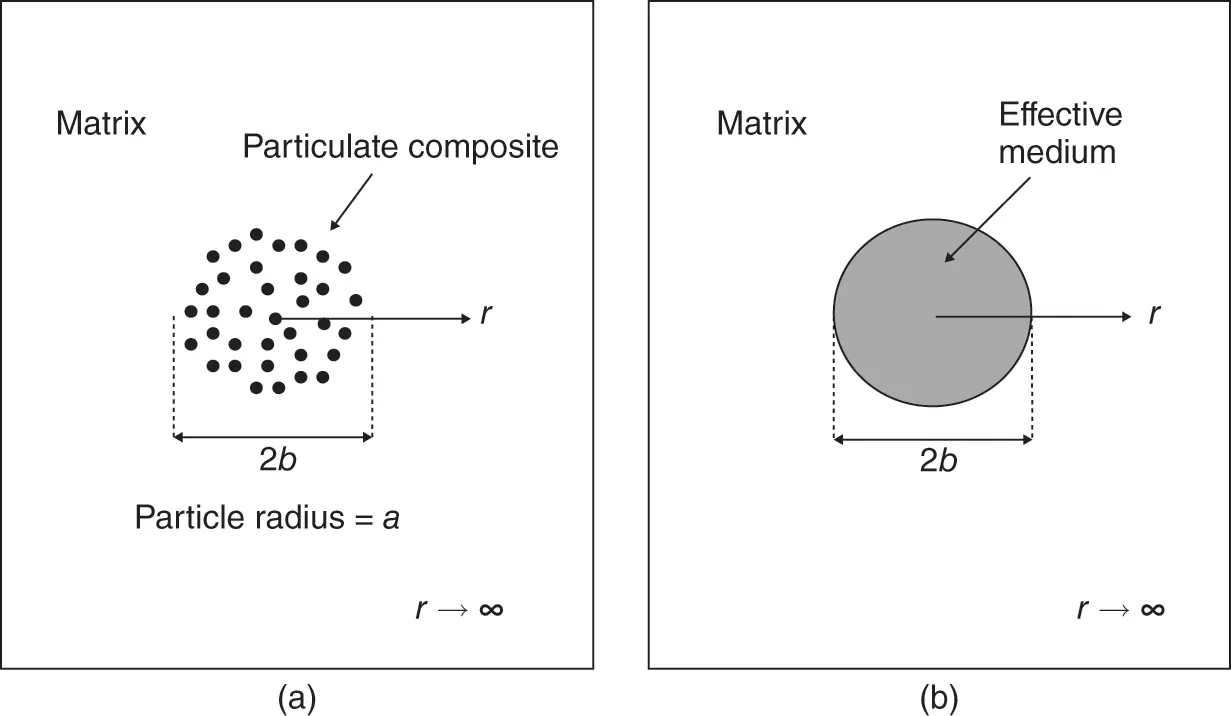
Figure 3.1 (a) Discrete particle model and (b) smoothed effective medium model of a particulate composite having spherical reinforcements embedded in infinite matrix material.
 (3.1)
(3.1)
where Vm is the volume fraction of matrix. For just one type of particle, with n particles of radius a within the enclosing sphere of radius b , the particulate volume fraction Vp is such that
Читать дальше
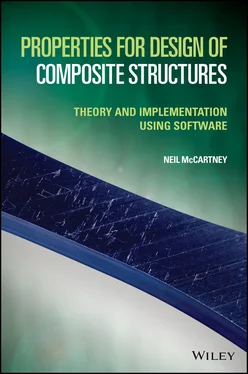
 (2.251)
(2.251)
 (3.1)
(3.1)


